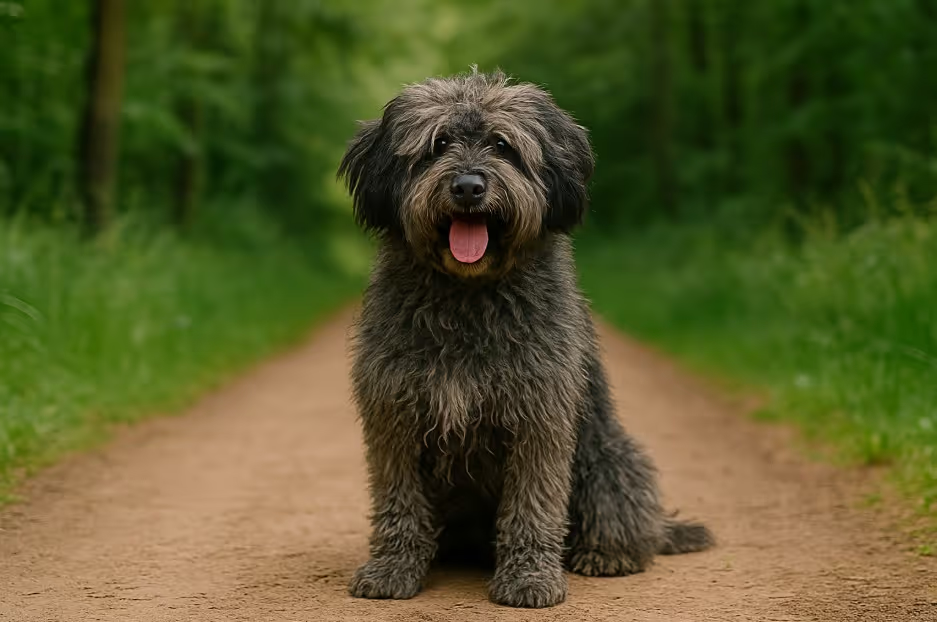The Barbado da Terceira is a rare and versatile herding breed from Portugal’s Azores islands. Known for its shaggy coat, sharp mind, and devoted nature, this dog is equally skilled at managing livestock and forming strong family bonds. They are intelligent, energetic, and thrive in active households where they can work or have structured play. Their loyal and affectionate temperament makes them excellent companions for experienced owners who can provide daily exercise and training.

The Barbado da Terceira originates from Terceira Island in the Azores, Portugal, where it was developed over centuries as a multipurpose herding and farm dog. The breed is believed to descend from dogs brought by early European settlers, including herding breeds and mastiff-type dogs, selectively bred for agility, stamina, and livestock-handling skills. Traditionally used to manage cattle, sheep, and goats, they became indispensable to Azorean farmers. The breed was officially recognized by the Clube Português de Canicultura in 2004, though it remains rare outside Portugal.
A medium-sized, well-built herding dog with a rustic, shaggy appearance.
Their coat requires regular maintenance to prevent matting and keep them looking neat.
An active working breed that needs both physical and mental challenges daily.
Highly intelligent and eager to please, but requires consistent leadership.
A balanced diet supports their active lifestyle and coat health.
Generally healthy but can be prone to certain genetic issues.
This breed is rare outside Portugal, so finding one may take time.
Is the Barbado da Terceira good for first-time dog owners?
Not typically—they need experienced owners who can meet their high activity and training needs.
Are they good family dogs?
Yes, with proper socialization, they are loyal, gentle, and protective toward family members.
Do they get along with other pets?
They can, but may try to herd smaller animals if not trained to control the instinct.
Are they hypoallergenic?
No, they shed moderately and produce dander.
Do they bark a lot?
They may bark to alert or during herding work, but proper training can reduce unnecessary barking.
How much grooming do they need?
Brushing several times a week and occasional trimming will keep their coat healthy.
Can they live in apartments?
Not ideal—they need room to run and work, though committed owners could make it work with daily exercise.
What is their energy level?
High—they require daily physical and mental exercise to stay happy.